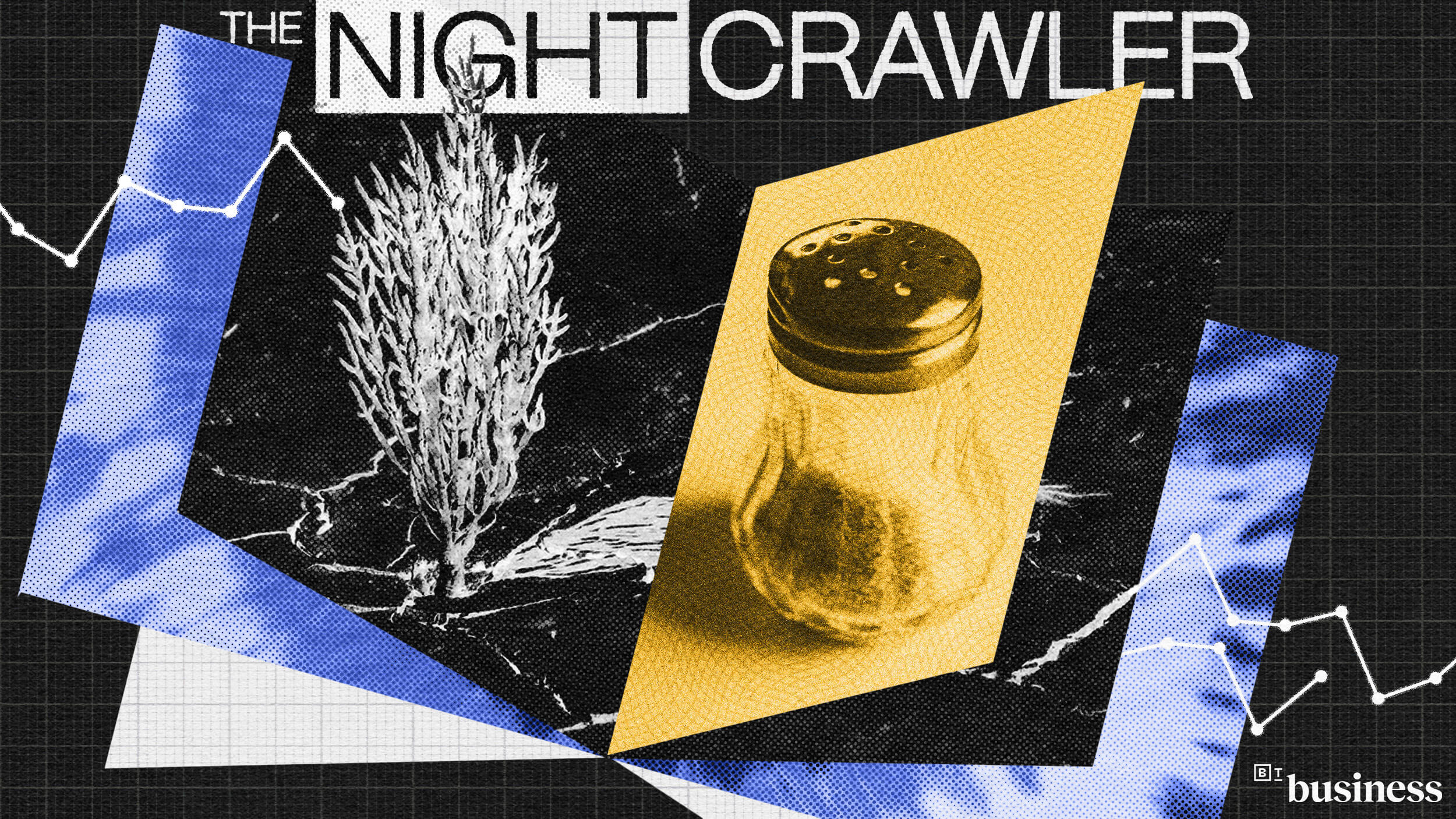George Kohlrieser tells the story of a grandmother who avoided disaster by bonding with her intruder.
Question: How can we diffuse conflict through bonding?
Kohlrieser: At the basic level, the human brain wants to build relationships. We are social in nature. We cannot thrive without that bonding. We need it to a family, to a tribe, to a clan, and, in fact, now, we live in a global world in which you can create these bonds all over the place. What seems to happen is that there are forces of fear that then drive people to activate and look on how to destroy rather than to build something. There are so many stories of people who at a personal level, for example, one of the greatest stories of old grandmother who wakes up in the middle of the night with the man standing over her bed with a club ready to kill her. Rather than engage in an aggressive act, she simply looks up with an open heart and says, “You must be hungry, let me make you some soup. You must be cold, let me take you into another room where we have heat.” The man doesn’t hit her, she says to the granddaughter who’s in bed with her, “It’s okay, honey, lie down and go to sleep.” She’s a secure base. And they walked into the kitchen. They have soup and now it’s 2:00 in the morning and he goes back or she goes back to bed and goes to sleep and saying, “Let me make a bed for you behind the stove.” He goes to sleep. The next morning the police arrived with a K9 unit. He was a murderer who had escaped from prison, but even more shocking just two miles before coming to her house, he had brutally slaughtered with a club a family of four. Now, she created so much bonding, so much bonding, he could not kill her, and this a basic fundamental truth, people cannot kill people, and you save it. Everyday you read in a paper, people kill people. They’re killing objects. They’re killing things. There’s a deep personalization that has to happen in the mind’s eye. It is the demonization. It’s the enemy-making process that then drives that ability to kill. Now, we can train. We can train the military. We can train police. I’ve been a hostage negotiator and police psychologist for 35 years. We and some people have to do that. You are a police officer, you may have to act to kill another human being for the right reasons. And at that moment, though, there’s a price to be paid, because if you truly see that person as a person, you could not do it. Question: How does the Stockholm syndrome apply to leadership? Kohlrieser: Of course, this bonding can get out of control with what is known as a Stockholm syndrome as well where the bond between a hostage and a hostage taker gets so strong that when the police come in, the hostage will defend the hostage takers, and this happens in organization all the time where people are taken hostage by too strong a bond because of personal relationships, because they don’t want to hurt people, they’re not able to get a boundary between the social bonding, too much harmony, teams that have too much harmony. They’re not going to be as effective as those that have good disagreements, good conflicts. Get issues out in the open. You’ll hear the great leaders always speak about, “You must get the fish on the table.” Go through the bloody mess of cleaning it for the great fish dinner at the end of the day. That’s how you build a high-performing team. If you’re avoiding conflict, if you tend not to be willing to engage in these dialogs with difference around difference, hear the difference, you don’t get that greater truth. And that’s really the heart of dialog.





